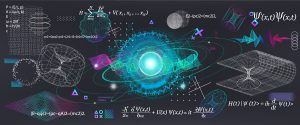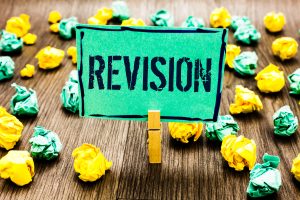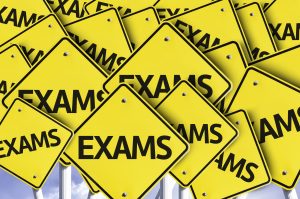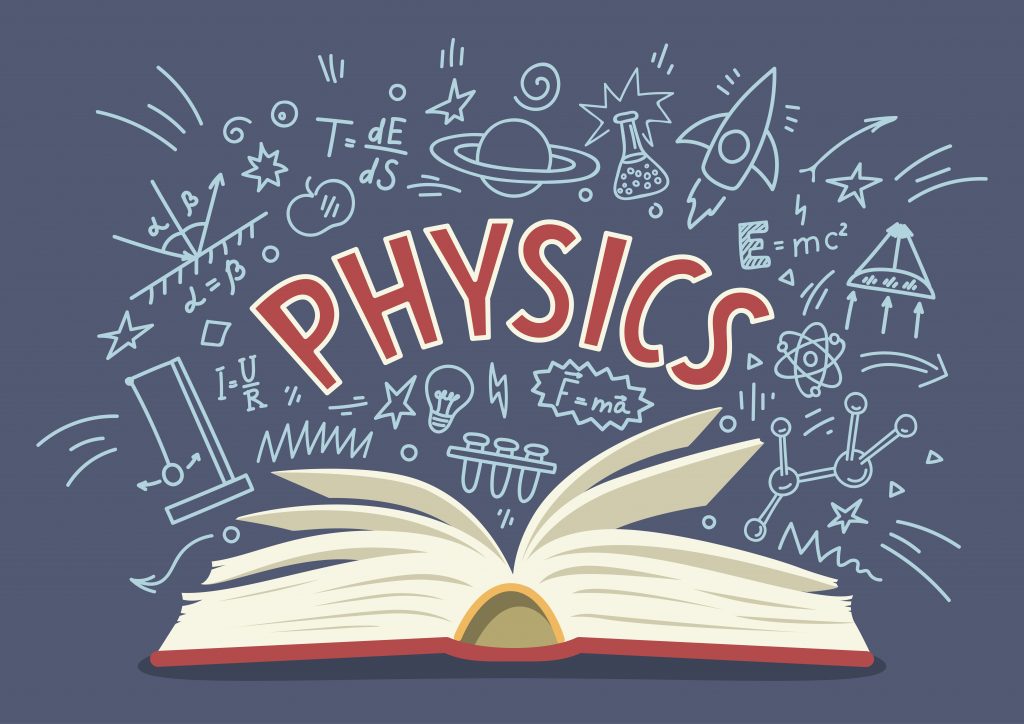As part of the A-level practical endorsement, and on the exam papers, you will be expected to show competence in answering uncertainties questions in physics.
Uncertainties questions in physics are almost always in the context of a practical, and they tend to follow a similar format each time they appear. This means you can learn a method to answer the questions and apply it each time.
Why do we need to think about uncertainties?
There will be uncertainty in any reading, and we can say ‘every measurement has inherent uncertainty’. Often measurements are written with the uncertainty provided and an example of this would be to write a voltage in this sort of format: 5.60 ± 0.005 V.
They are essential to consider the reliability of your experiment, and in industry or academia a piece of work would be rejected if you didn’t give the uncertainty in your readings. It is important for finding the highest and lowest possible values, which are needed to give clear analysis, ensure safety in say an engineering build or to demonstrate the reliability of your results.

PHYSICS PRACTICE QUESTIONS – WHY ARE THEY SO ESSENTIAL?
How do we calculate uncertainties?
Uncertainties in equipment are down to the precision of the instrument’s manufacture. The uncertainty in a measurement using a particular instrument is no smaller than plus or minus half of the smallest division. For example, a temperature measured with a standard thermometer would be reported as having an uncertainty of ±0.5 °C if the graduations are 1 °C apart.
Take care with rulers, because measuring lengths is one of the most common practical skills. For rulers we must include two uncertainties because there are two ends at which there could be an error. The first is at the zero end, and the second in reading off the value.
As both ends of the ruler have a ±0.5 scale division uncertainty, the measurement will have an uncertainty of ±1 division. Therefore, for most rulers, this will mean that the uncertainty in a measurement of length will be ±1 mm.
We also have to consider errors due to other factors, not just the precision of the instrument. These can be due to human reaction time, for example in using a stopwatch, or due to a property of the measured item. For example, a wire being measure may have bumps in it, and so the length will have some uncertainty. For these, we would generally reduce the number of reported significant figures.

HOW TO REVISE: 5 STUDY TIPS THAT REALLY WORK
Absolute and Percentage Uncertainties
You also need to be able to switch between absolute and percentage uncertainties. The percentage uncertainty in a measurement can be calculated using:
![]()
and for a repeated measurement
![]()
Combining Uncertainties
We also need to be able to combine uncertainties. How you do this depends on the equation related to the experiment you are undertaking.
- If the equation is in the form a = b + c then you should add the absolute
- When the equation is in the form a = b × c or a = b ÷ c then you should add the percentage uncertainties and then find the absolute uncertainty.
- If the equation is in the format a = bc then you should multiply the percentage uncertainty by the power (value of c).
We need both absolute and percentage uncertainty because absolute uncertainty allows us to calculate the upper and lower bounds of the reading. Percentage uncertainty allows us to combine uncertainties in different units e.g. we may do an experiment where we want to calculate the velocity from a distance and a time:
If our results are
displacement = 0.7 ± 0.001 m
time = 1.4 ± 0.1 s
Then velocity = ![]() = 0.5 m s–1
= 0.5 m s–1
Then to find the uncertainty we should add the percentage uncertainties because we cannot add metres and seconds together.
For the displacement:![]() = 0.14 %
= 0.14 %
For the time: ![]() = 7.14 %
= 7.14 %
Therefore, percentage uncertainty in velocity = 7.14 + 0.14 % = 7.28%
Absolute uncertainty in velocity = ![]()
Therefore, our final answer would be given as
Velocity = 0.5 ± 0.04 m s–1

EXAM ANXIETY: HOW TO KEEP CALM DURING EXAMS
Calculating uncertainty in a gradient
To find the uncertainty in a gradient then we need to draw two possible lines on the graph. A line of best fit, an also a line of ‘worst’ fit: the shallowest or steepest line of fit from the data. You then find the gradient of each line.
The percentage uncertainty is calculated using:
![]()
NOTE: The value should always be positive, and so modulus bars rather than a bracket are used in the equation.
How can we reduce uncertainties?
- Take repeated measurements. Then the uncertainty in this value can be estimated as half the range of obtained values
For example:
| Repeat | 1 | 2 | 3 |
| Time | 7.82 | 7.80 | 7.78 |
Range of values = 7.82 – 7.78 s = 0.04 s
Half the range = 0.02 s
Therefore, mean time = 7.8 ± 0.02 s
- Use multiple instances of readings. For example, measure 10 pendulum oscillations and then the mean time for one oscillation. This reduces the uncertainty by a factor of 10:
| Time for 10 oscillations | 7.8 s | Uncertainty for 10 oscillations | ±0.1 s |
| Time for 1 swing | 0.78 s | Uncertainty for 1 oscillation | ± 0.01 s |
Conclusion
In this blog, we have considered
- estimating uncertainties in measurements
- reducing uncertainties
- combining uncertainties
- the difference between absolute and percentage uncertainty
- calculating uncertainties from graphs
Questions for practice can be found in specimen and past papers. Good questions to get you started are:
- AQA Specimen Set 1: Paper 3 Question 1
- Edexcel June 2009: Unit 3 Question 5
- AQA June 2017: Paper 3 Question 1
You will need all these skills in your practical activities and in your exams! Good Luck!
A bit about the author, Joanna P:
 As a fully qualified teacher of Physics with 10 years teaching and tutoring experience including as Head of Department in a very successful Independent Girls’ School, Joanna’s undergraduate degree was in Natural Sciences from Gonville and Caius College, University of Cambridge, and her MSc in Education was from Loughborough University.
As a fully qualified teacher of Physics with 10 years teaching and tutoring experience including as Head of Department in a very successful Independent Girls’ School, Joanna’s undergraduate degree was in Natural Sciences from Gonville and Caius College, University of Cambridge, and her MSc in Education was from Loughborough University.
An experienced 1-2-1 tutor and examiner for Edexcel, Joanna has as excellent track record of results in my students including improved grades up to three times above their university predictions from school. She is also a Fellow of the Chartered College of Teaching and a Chartered Science Teacher, sitting on the Education Group for the Association for Science Education and serving as Regional Secretary for the East Midlands, showing her commitment to exceptional physics and science teaching practice.


